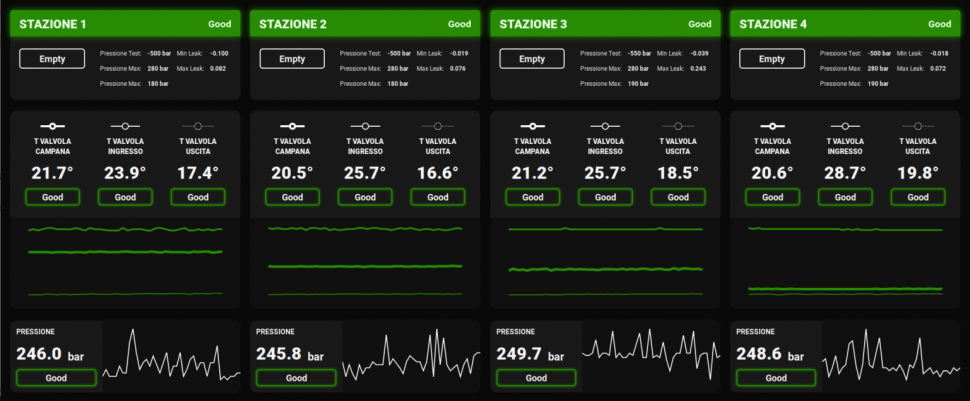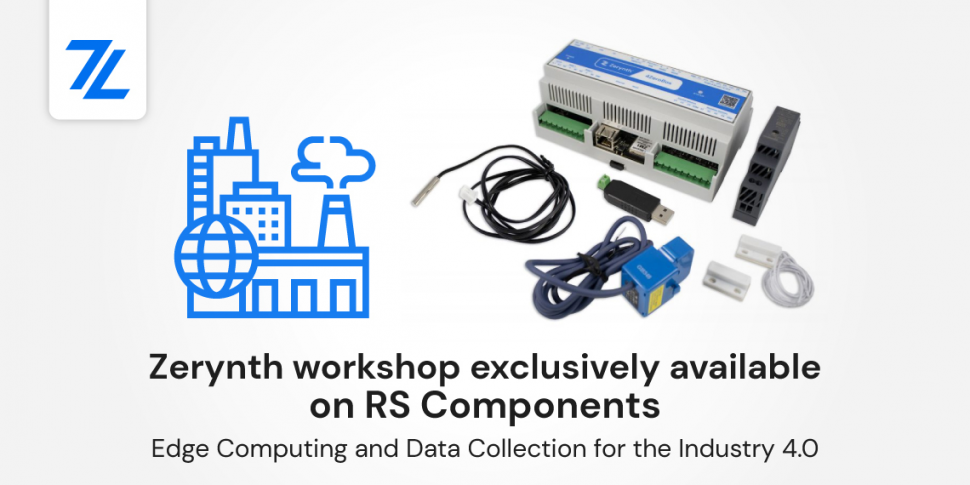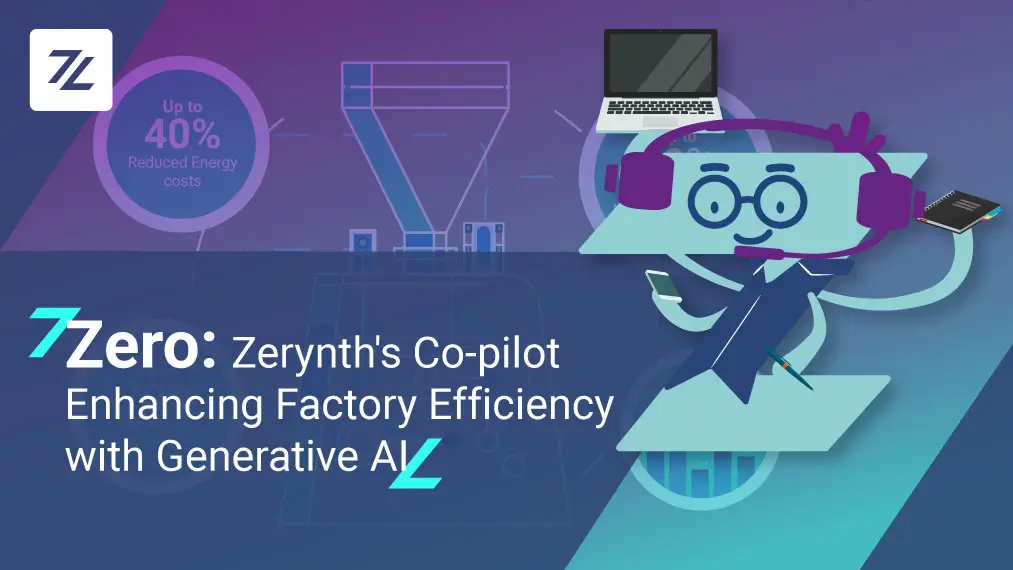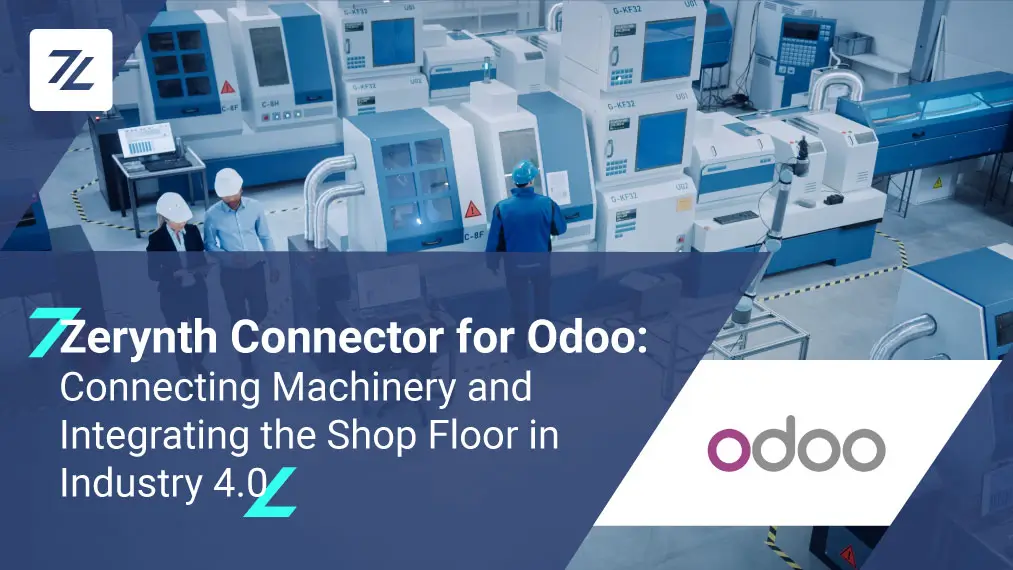Imagine a manufacturing company that has production lines producing large amounts of data. This data needs to be aggregated, filtered, and analyzed. The traditional way to implement this system would be to send the data to the cloud and let the cloud handle all of these operations and send back some sort of feedback to the end-user.
However, it’s not practical to transmit these growing data volumes from the edge into a centralized data center for processing or analysis. This approach would prevent real-time analytics from occurring and take real-time actions based on the data, It would also use a much bigger data bandwidth and increase latency over the whole system.
Hence, companies are now using IoT solutions that implement Edge computing technologies.
Edge technology means performing some portion of the application algorithm on the devices near the data source instead of relying on a central server. Rather than transmitting raw data to a server for processing and analysis, that work is, instead, performed where the data is actually generated — whether in a retail store, a factory floor, a sprawling utility, or across a smart city.
Edge computing example in industrial IoT
For process monitoring applications, edge computing algorithms usually consist of:
- Aggregating the data from the data sources.
Depending on the application and the type of data that is needed, the edge device should communicate with other devices, PLCs, or sensors. For example, common industrial communication interfaces and protocols are RS485, RS232, and CAN and S7; and, depending on the sensor type, you might use industrial analog sensor channels.
- Filtering, formatting the data, and analyzing and taking actions.
Some filtering techniques include filtering excessive cluttered sensor data, sending only meaningful data to the server, and sending it in periodic batches to minimize the data bandwidth used as well.
Some applications need real-time data analysis and action, such as time-critical monitoring systems for a production line.
In this application, after the data is processed, the edge device needs to analyze the data and detect anomalies, for example, by looking at historic data, then taking appropriate action without waiting for the server response.
- Sending the formatted data or actions to the cloud
The cloud server should be seamlessly integrated with the development environment to minimize development time and easily allow visualization of the data in a cross-platform way to the end-user.
For example, here is how Zerynth OS communicates, connects, and sends data to the cloud.
For example, In a project we did with a major manufacturing company that produces automotive parts, we implemented an edge computing algorithm on the 4ZeroBox to gather sensor data, filter it and send it to the cloud. alongside the always-on monitoring of production flow, The system predicts the lifecycle and malfunction of an important component.
- Some applications need to use AI or ML models to analyze the data. These solutions can also deploy these algorithms on the edge using dedicated edge devices and gateways.
Some machine learning models can be optimized to run on Tensorflow Lite for example, that enables users to use power-optimized hardware and simpler hardware architecture.
Are you interested in learning more about Edge computing technologies?
Zerynth and RS Components have created an exclusive IoT Edge Kit and Workshop package that is tailored for self-learners.
The workshop covers the basics of Industrial IoT, which includes the basic infrastructure of an IoT application whilst also providing practical experience on data gathering from industrial machines, sending this data to the cloud, and monitoring data in real-time.
Additionally, the workshop discusses the fundamentals of the IoT Cloud service, communication protocols, edge computing, plus the best practices in applying over-the-air updates.
To take part in this workshop head over to RS and purchase the workshop kit (219-6059) then use the exclusive code supplied with the kit here on DesignSpark to access the workshops.






